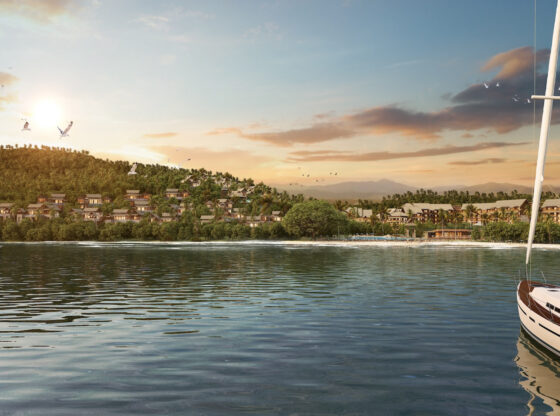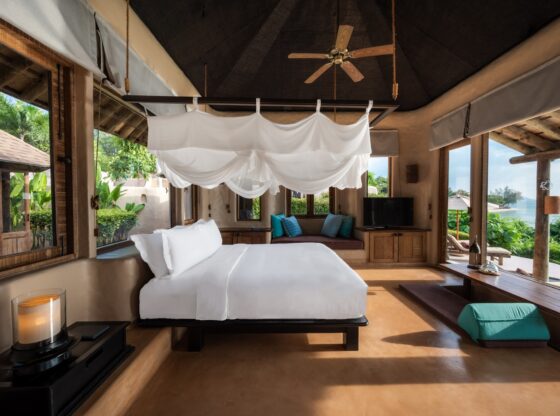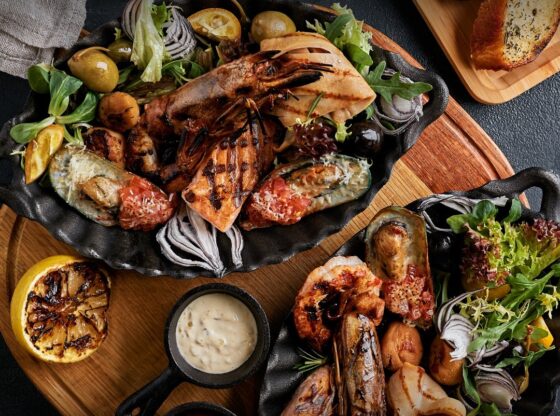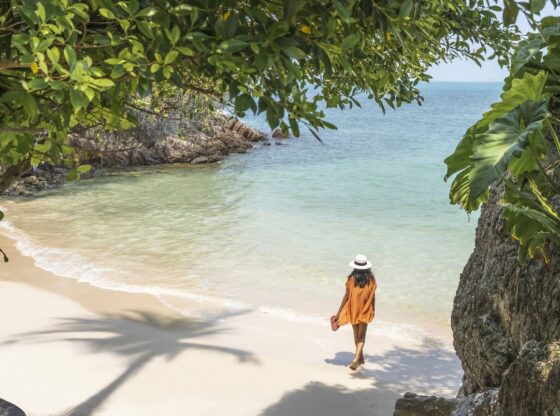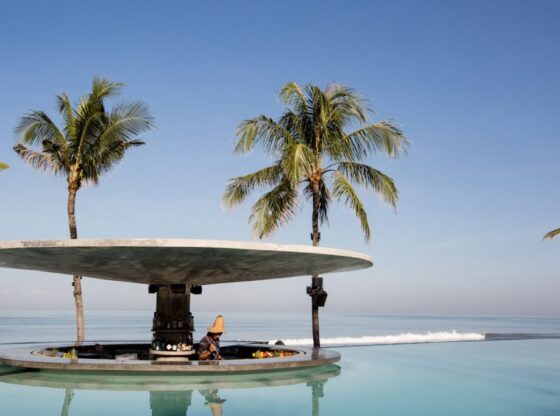![]()
It’s possible to have all the iconic experiences in Cuba — taking a ride in a classic car, drinking mojitos in sultry bars — but there are plenty of surprises here too
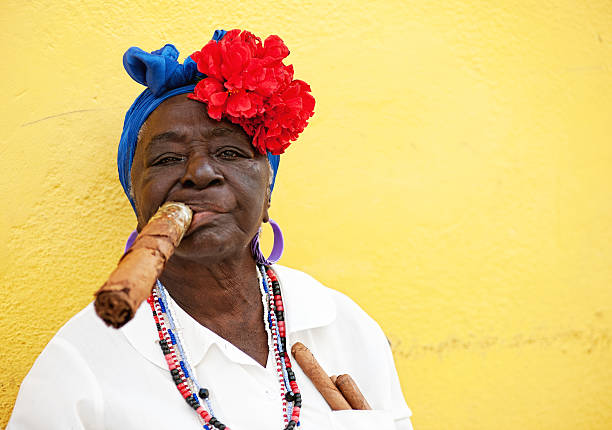
Cuba: an island brimming with vibrant art, soul-stirring music and villages cloaked in colonial charm. Home to nine UNESCO World Heritage Sites and a population as warm and scintillating as its tropical climate and colorful arts, Cuba—once again accessible to American travelers—is a country begging to be explored.
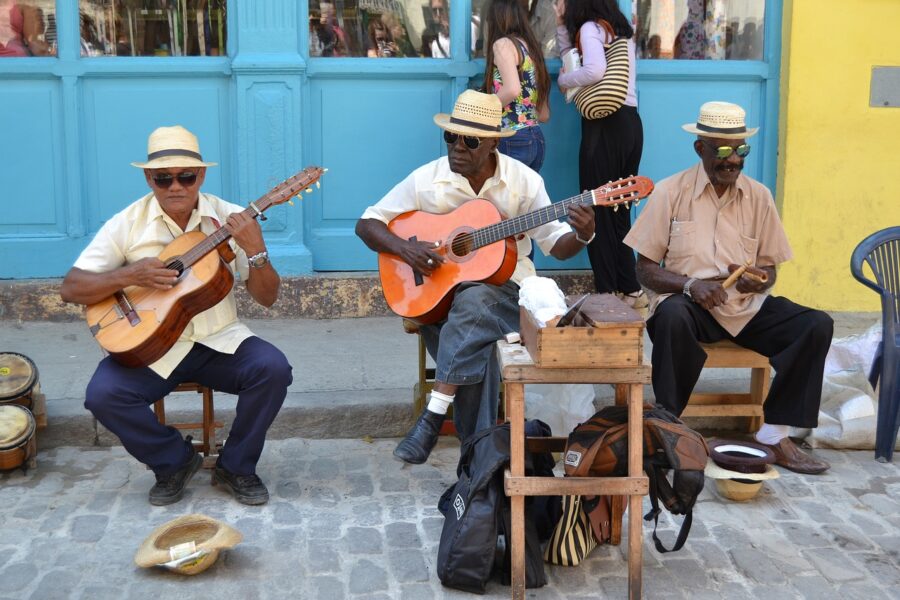
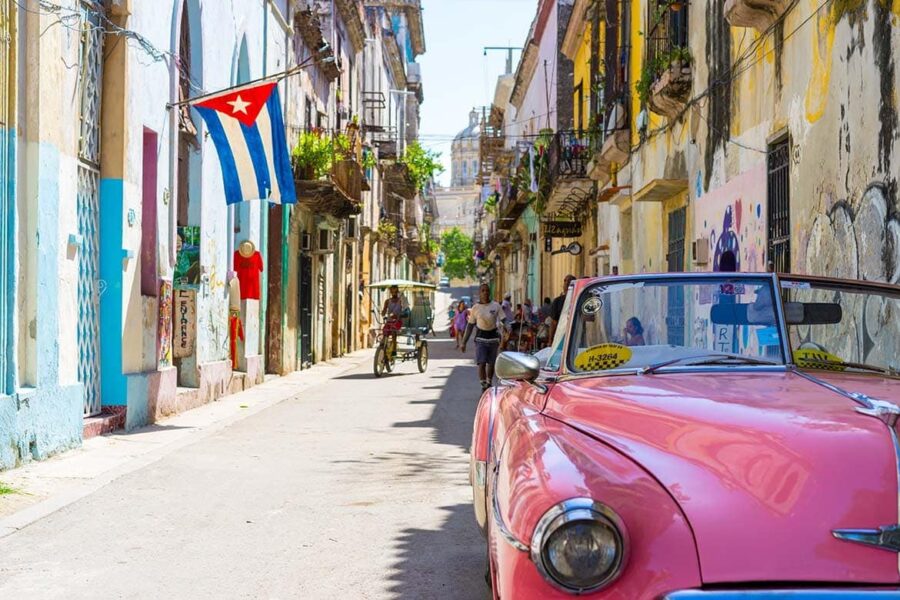
OVERVIEW
Located 90 miles off the coast of Key West, Florida, Cuba is the largest Caribbean island nation. Its neighbors are the Cayman Islands, Jamaica and Haiti. Cuba spans 44,200 miles, making it a bit smaller than the state of Pennsylvania. Its varied geography includes rolling farmland, rugged mountains, urban metropolises, quaint Colonial villages and white-sand beaches.
The island is divided into 15 provinces and one special municipality, Isla de la Juventud. Notable Cuba areas include rural Piñar del Rio, where tobacco farming builds economic momentum; seaside Santiago de Cuba, the country’s second largest city next to Havana rife with colorful Afro-Cuban influence; and colonial Trinidad, a sleepy town designated a UNESCO world heritage site nestled between majestic mountains and the sea.
Cuba’s population is richly diverse, with 11.2 million residents. Despite its Native roots, the most profound effects on Cuban culture are the result of European, African and North American influences.
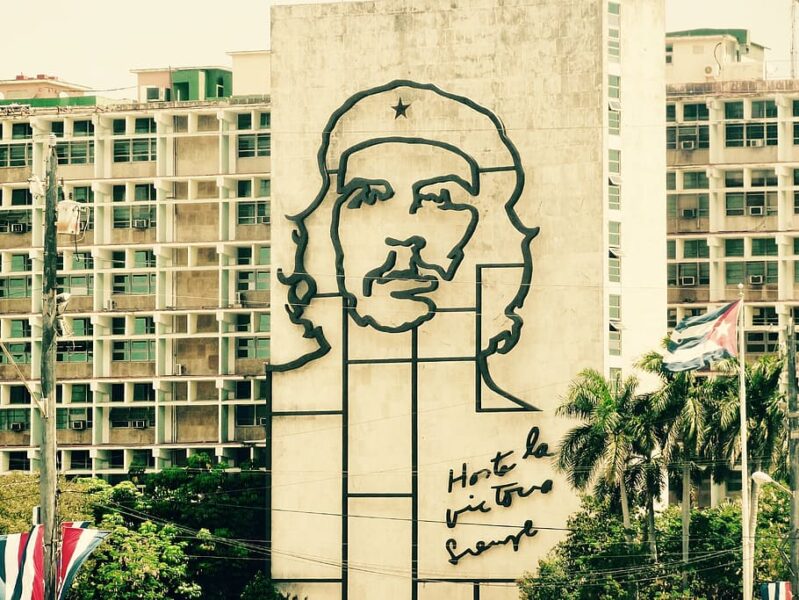
HISTORY
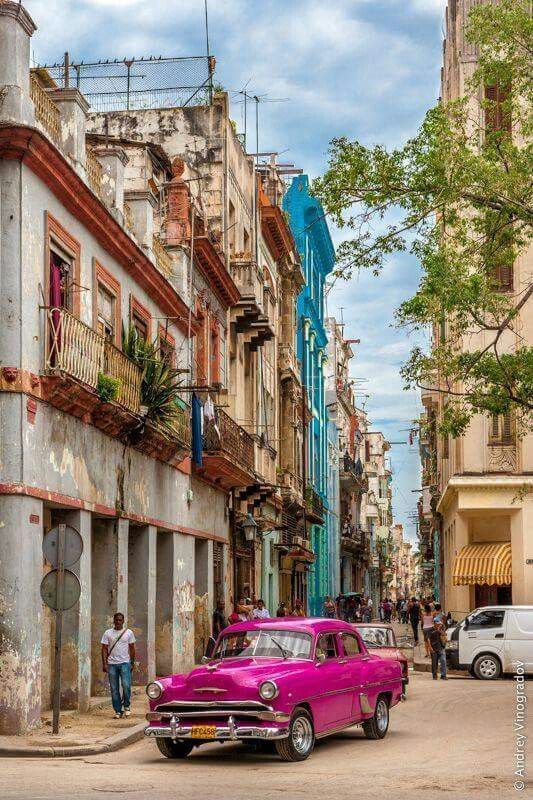
Cuba is a place of perseverance. Discovered by Christopher Columbus in 1492, it was colonized by Spain. The U.S. claimed Cuba during the Spanish-American War in 1898. However, in 1902, the island gained its independence. During the Cuban Revolution between 1953 and 1959, Fidel Castro replaced U.S.-backed dictator Fulgencio Batista. Castro declared Cuba a socialist state in 1961. He remained in power until he became ill in 2008 and relinquished governmental control to his brother, Raul. The Communist Party of Cuba is the country’s governing political body. Following a Marxist-Leninist model, it is committed to socialism.
WEATHER
Cuba has a semi-subtropical climate, divided into two seasons: wet (May-October) and dry (November- April). However, regional variations and trade winds account for fluctuations. Cuba’s average temperature is 77 °F. Compared to most countries, Cuba experiences little variation, although July and August can be hot and humid. Nearly two-thirds of all rainfall occurs during the wet season. Hurricane season is from June-November. Cuba has an advanced disaster preparedness system and civil defense network for evacuations.
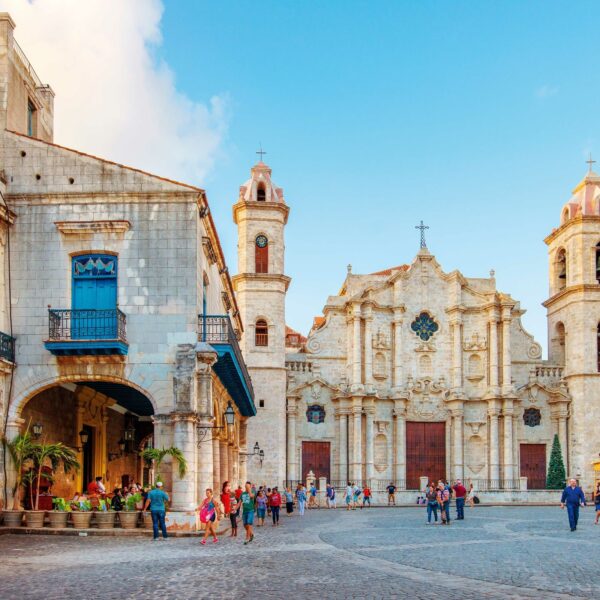
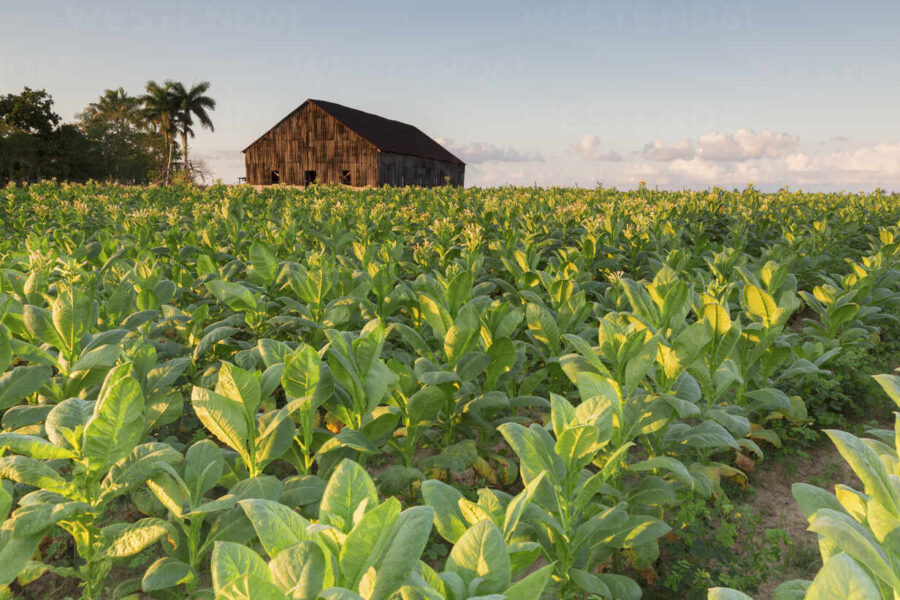
Where to go
Playa Las Tumbas
What it is: A remote beach on the westernmost point of the island where you’ll rarely find anything other than palm trees, pure white sand, and crystal-clear water. It sits at the very end of Peninsula de Guanahacabibes National Park, four to five hours from Havana. Nobody said having your own beach would be easy.
Why go: Granted, there are more convenient, better-equipped beaches in Cuba. And many are beautiful. But none give you the feeling of having a slice of paradise to yourself like Las Tumbas. The drive might be long, but it’s an excellent way to see parts of the island most people don’t. So, taking an overnight here is as much about the journey as the destination.
Valle de Vinales
What it is: The Valle de Vinales tobacco plantation is a working plantation where they grow Cuba’s two most famous agricultural exports: Coffee and tobacco. It sits in the UNESCO World Heritage Site of the Vinales Valley, where you can stroll the fields smoking a freshly-rolled cigar and sipping on Cuban coffee.
Why go: It’s the freshest cigar you’ll ever smoke, and while not a big name like Paratagas or Romeo y Julieta, for the casual Cuban visitor the experience here is far better than at a cigar factory. It’s a popular stop on many tours, but even though it’s often crowded it’s still a fun place for pictures and an afternoon pick-me-up.
Topes de Collantes National Park
What it is: A mountainous National Park about 25 minutes from Trinidad on the southern coast of the island. The park sits in the Sierra Escambray Mountains with short trails leading to underground caves, waterfalls, and hidden swimming holes.
Why go: Most American tourists don’t make it this far out into natural Cuba, and it’s the sort of tropical mountain scenery that is definitively Caribbean. It’s the perfect escape from the towns and cities, where you can hike a couple of miles and jump into a pristine pool under a waterfall.




